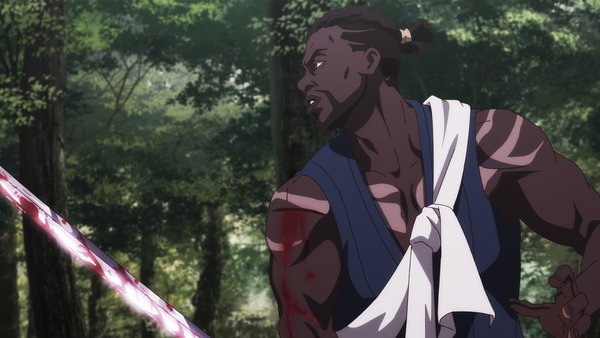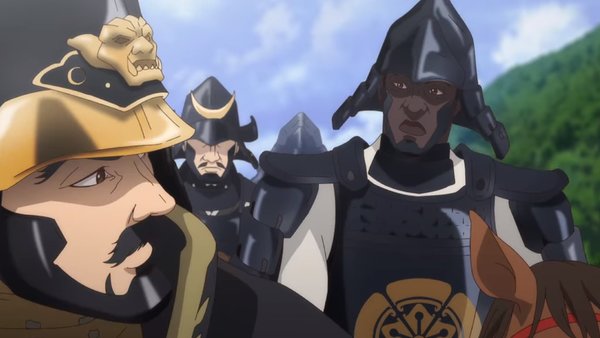Yasuke: 10 Mind-Blowing Historical Facts From The Netflix Anime
Netflix's new fantasy anime has surprisingly detailed historical roots.

Yasuke, starring Lakeith Stanfield as the legendary samurai, is primarily a fantasy series with increasingly wild sci-fi elements such as magic and anachronistic mecha. Despite this, it pulls heavily from real Japanese history and culture, with real historical figures playing major or minor roles in the show.
There are many aspects from the show that modern audiences might see as unbelievable, but were in fact historically accurate, from traditional female warriors to early Christian presence in Japan to the prevalence of homosexuality among Samurai. In a meta sense, it's enjoyable to see what audiences might dismiss as part of the series's more fantastical elements, when they're actually based in reality.
Much of the content in the series is also inspired by existing Japanese mythology and traditional Japanese symbolism and culture. The richness of Yasuke's historical imagery and surprising accuracy to certain accounts makes it an intriguing world to explore.
Though the series tells a story that's largely self-contained, its success hopefully means more story and more adventures for the Black samurai in the future, especially with the stories that may still be told of the many of the historical figures it mentions in its 6-episode run. Though no greenlight has been confirmed as of yet, there appear to be plans by the creators for a second season which may dig more into these intriguing figures.
Here's a list of just 10 elements in Yasuke pulled straight out of Japanese history, mythology, and folklore. Spoilers for the series ahead.
10. The Sengoku Period (Warring States Period) Of Japan

The Sengoku Period of Japan was one of its most well known historical eras, starting with the collapse of the previous feudal system and characterised by constant civil war among different Daimyō (warlords), as well as the rise of Ikkō-ikki, or peasant factions under militant Buddhist leadership.
During the arrival of Europeans in Japan, warfare was affected by the introduction of the arquebus, or an older form of the gun. Oda Nobunaga, "The Great Unifier", was particularly fond of the Tanegashima, or a matchlock-configured arquebus, which may have contributed to his success.
Nobunaga's rise began with his victories against his own family members before he began overthrowing other Daimyō, and even the ruling Ashikage Shogunate, or military leadership of the country.
Nobunaga successfully united many of the warring states and violently suppressing insurgence, some of which was portrayed in the series, specifically in his conflict with the Iga Province, home of Hattori Hanzō. This was continued after his death by Toyotomi Hideyoshi, one of his former retainers and the second Great Unifier.
He was eventually succeeded by Tokugawa Ieyasu, the third of the three great Daimyō, who was eventually deemed Shogun, beginning the Tokugawa Shogunate and Edo Period of Japan.